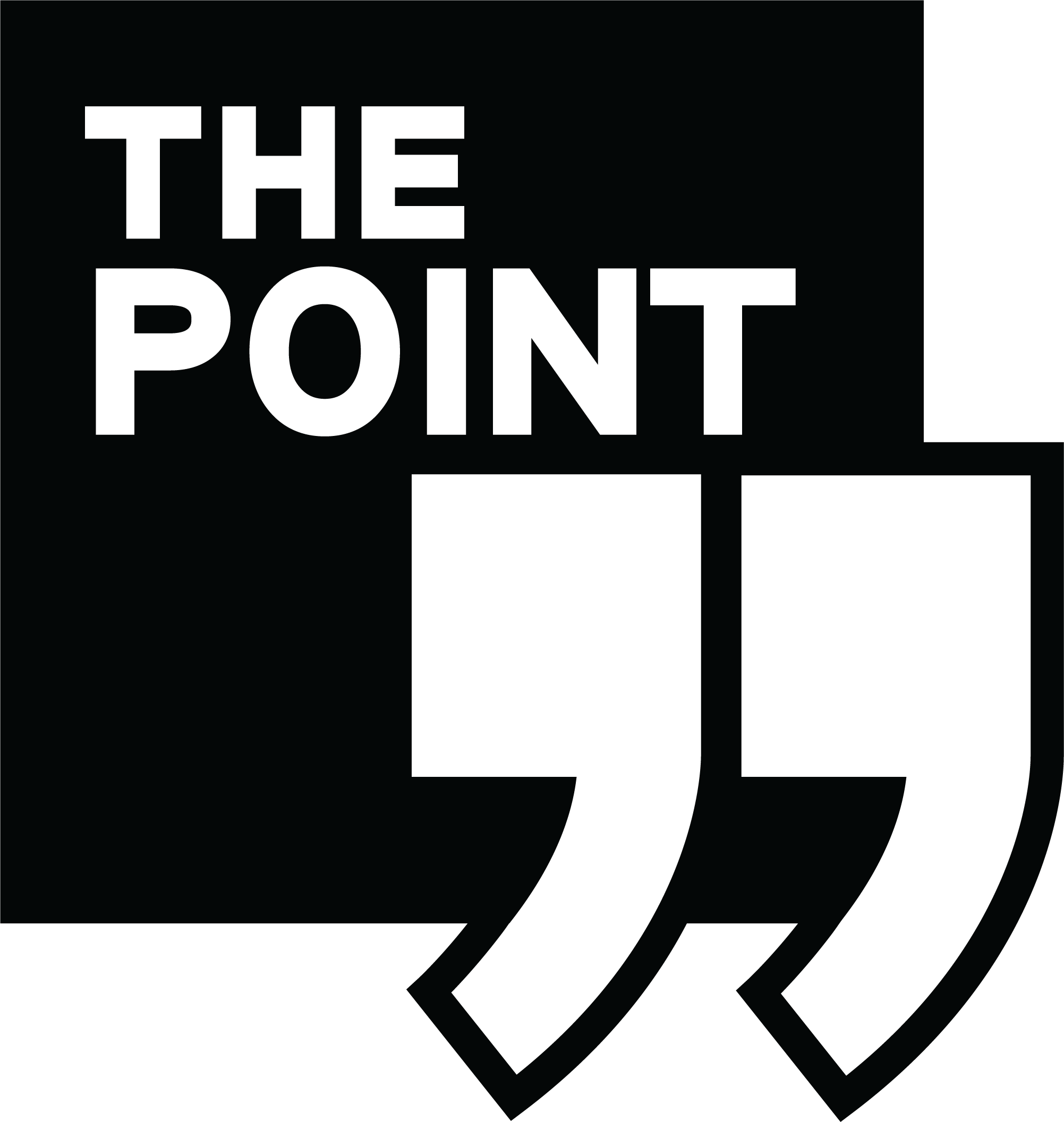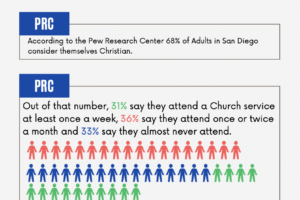It is Wednesday, Jan. 7, 2015, 7 a.m. I wake up and reach for my computer to check my Facebook page. My friend Stephanie Boulard, university professor at Georgia Tech, is in Paris on sabbatical this semester. I find a cryptic message about a terrorist attack against the Parisian Cartoonist weekly magazine “Charlie Hebdo.” Her message says: “Paris has a sad sky today. Undoubtedly terrorists don’t have humor.”
Two French Muslim extremist brothers have attacked the magazine’s headquarters and killed 12 journalists. I am in shock! This sounds so similar to the Boston Marathon’s terror attack two years ago. The next day, while the police are encircling the two criminals, another Muslim takes over a Jewish supermarket and kills four French Jews. My friend Patrick, north of France, sends me a MSN: “Alain. I do not recognize my country anymore …”
In the following days, the French will mobilize in one of the vastest street marches since the 1960s, and many countries’ presidents and personalities will come to join the silent protest march with 1.5 million Parisians (but not Obama…). The slogan “Je suis Charlie” (I am Charlie) becomes promptly viral. I post Je suis Charlie on my Facebook headline while listening to [PLNU Journalism Professor] Dean Nelson’s interview about the attacks on San Diego KPBS radio. The terrorist attack raises the fundamental issue of the five million French Muslims in France, who represent eight percent of the total population, and who don’t always integrate well into French culture, thus looking for extreme religious meaning to help them face an uncertain life of unemployment and marginalization.
Back on my Facebook, I discover a cartoon made by my friend who I’ve known since he was a teenager, Marc. Marc is a cartoonist and lives in Versailles (he goes by MÖC). He has been producing at least one cartoon per day since the event and feels deeply touched by what happened. His first cartoon summarized well the general feeling in France. It represents the prophet Mahomet with a dotted line and the comment: “Dear Cartoonists, finally an efficient solution to escape from terrorist retaliations!”
MÖC – January 11 (Möckery Studios © 2015)
As I am surfing the net to find more cartoons about the situation, I find a parody of the famous surrealist painting by René Magritte “Ceci n’est pas une pipe” where the drawing of a pipe is replaced by a Kalashnikov gun with the following comment: “Ceci n’est pas une religion” (This is not a religion).

I am concerned and write on Facebook: “How do we preserve the difficult equilibrium of democracy, freedom of expression and respect of the other opinions and beliefs in the face of extremism…?”
It is also a trauma for all the French, even for the ones that never liked the magazine, because satire has been a part of French culture since the Middle Ages. With the invention of lithography (at the dawn of the 19th century), the ability to add cartoons at a low cost to the printed text allowed the rise of a new breed of cartoonists-reporters who can quickly portray everyday reality in its more obtrusive way, sur le vif.
I published a chapter of a book at the Philadelphia Philosophical Society on how the arrival of a giraffe in France (1827) and its perverse transfer into daring cartoons allowed the French to deflect King Charles X’s press censorship. But the most famous one was a cartoon against the last king of France portrayed as a fat peach (by Honoré Daumier).
Political figures have been largely mangled through cartoons, but quickly too, with the decline of religion and the progressive disappearance of taboos, the cartoonists today do not hesitate to depict the excesses and ill-repute of religion. Irreverent cartoons including Jesus, the Pope, Mahomet or rabbis are commonalities, not so much to mock the founding religious fathers per se, but to denounce the abuses of their followers pretending to act in their names. The culture of cartoons is therefore well-embedded in the French culture as a way to denounce all excesses, and no one is exempt from their incisive depiction.
I realize how much the “politically correct” etiquette we are so accustomed to in the U.S. could be seen by some as a reason to prevent the provocative (and sometimes even pornographic) graphic depiction of religious leaders by French cartoonists. But the fundamental law of freedom of expression [as stated in the Universal Declaration of Human Rights] is seen as unilateral for all, as long as it doesn’t manifest itself by violent physical force. Religion is no excuse for exception or exemption of anyone.
Following the third biblical commandment, Muslims do not allow any representation of God or the prophet Mahomet, which has led to the beautiful development of the elegant Arabic art, mainly symbolic and calligraphic. In European Christianity (Western and Eastern), the relation between the deity and its iconic representation has evolved differently (from latrie to dulie). The art of religious representative icons and its codified development of representation of sacred characters like Jesus, God and the Virgin Mary has a long and sustained history.
When we reached the 16th century and the big shake of Christianity, Protestants preached a return to the Bible as the ultimate authority (above the laws of men) and some extremists didn’t hesitate to brutally penetrate Catholic churches in order to burn paintings of the Virgin Mary and important masterpieces of religious art. It is for this reason that king of France, Francois I (initially favorable to the Reformed Movement [which included Lutherians, Calvanists and Anabaptists]) changed his mind and decided to persecute the French Protestants leading to the exile of John Calvin to Geneva, Switzerland, for instance.
The contrast between Catholic Churches, who introduced magnificent icons in the church by hiring the Renaissance’s most gifted artists (Raphael, Michael Angelo, Leonardo Di Vinci), and the always-suspicious Protestant-tradition’s churches with few or no pictorial representations of Christ in their churches, except symbolic elements like an empty cross, is a witness to our own tormented history on the topic.
What happened last week in Paris is the clash of these two opposite cultures’ pictorial representation of the divine in relationship to the public life dominated by secularism (la laïcité) and the modern concept of desacralization. What is shocking for the French is the growing of an extra-national repressive force (like the Koranic law in the public life with total disregard for the laws and traditions of the land, threatening the structure of a long national culture and tradition of freedom of expression seen as a necessary balance of power). These cartoonists are seen as the Guardians of “Good Sense” and the Fierce Opponents of Hypocrisy, in the same way as the Late Shows broadcasts in the U.S.A.
The effect of the Charlie Hebdo terrorist attack will be a failure for the extreme Muslims if their mission was to kill this kind of representation in France (the terrorists declared: We killed Charlie Hebdo and avenged the Prophet) and to prevent any more cartoons on Mahomet. There was powerful and unexpected support of Charlie Hebdo by 1.5 million street protesters; moreover, the following edition of Charlie Hebdo on Wednesday, Jan. 14, sold seven million copies (instead of the usual 60,000), is out of print,and issues have already sold at a higher price on eBay– with a new picture of the prophet saying: “All is forgiven” and carrying the sign “I am Charlie.”
These prove that the magazine is not dead and that the attack failed to prevent any future pictorial representation of the prophet. Kill one cartoonist in France and 10 more will rise up to replace him/her. We have already seen a lot of violent counter-manifestations (mainly in Islam Africa) against Charlie Hebdo’s last recidivist action in retaliation.
Some people even say we are on the verge of the third world war around this heated debate. Even the concept of Democracy we enjoy in the Western world and have fought for in revolutionary wars requires the coexistence of political and religious diversity (secularism and religion) by allowing a unilateral and unequivocal freedom of expression as a guardian of a society that is made of a multiplicity of humans and beliefs.
“Laughter is specific to men,” says Rabelais, the famous 16th century French author in his introduction of “Gargantua,” a book seen as one of the promoters of the carnaval-esque French tradition. If laughter and humor are that specific to our species as a fuse for our own excesses and tensions, it is fundamental to fight to keep it alive and active, but how we proceed to use it requires wisdom and meditation. Jesus was not mild when talking about the Pharisees’ hypocrisy and calling them “snake tongued,” “hypocrite” and “viper breed.” His powerful words are another example of provocation that allows fundamental change of behavior….
Dr. Alain Lescart, PhD in French Literature and Master in Theology.








